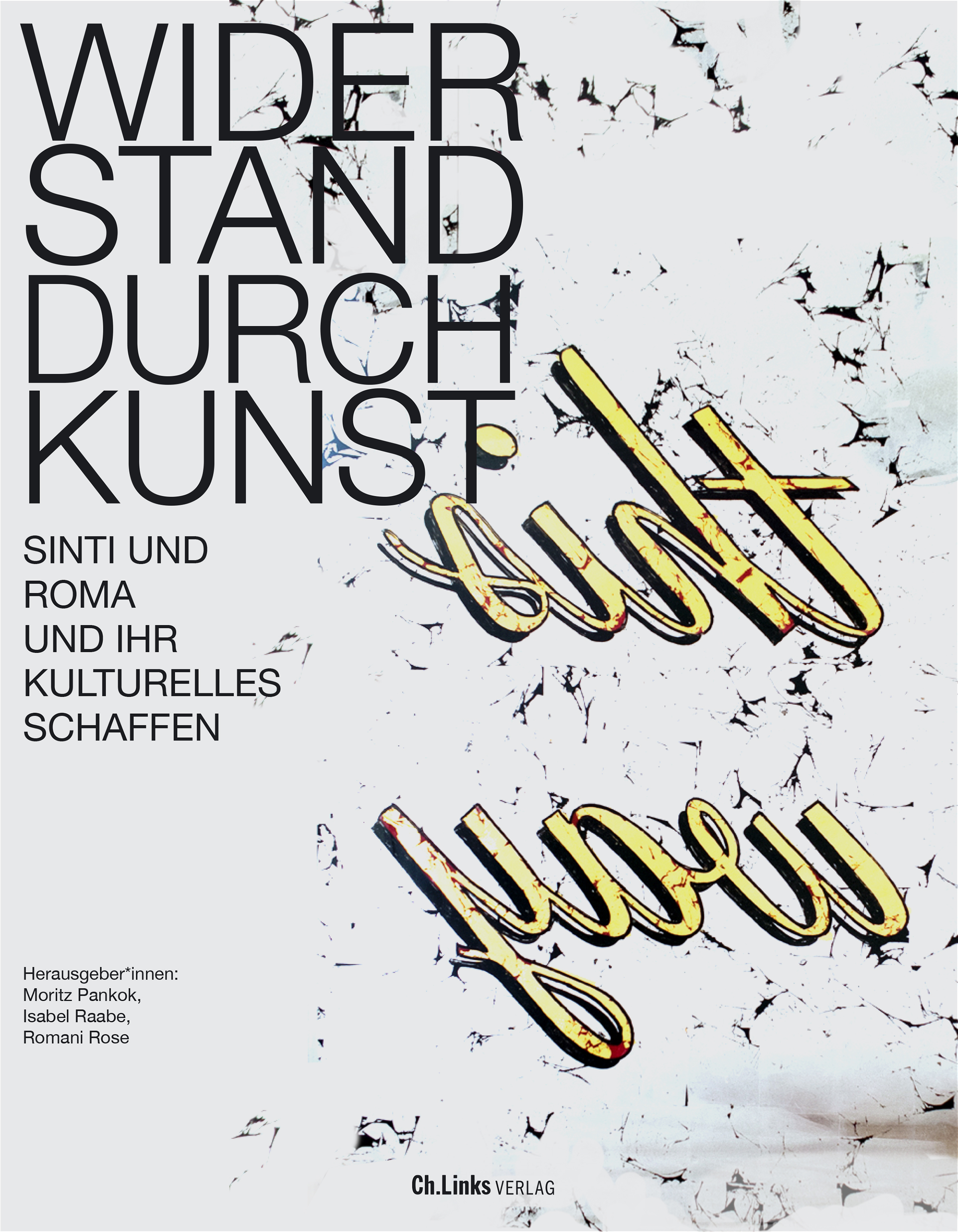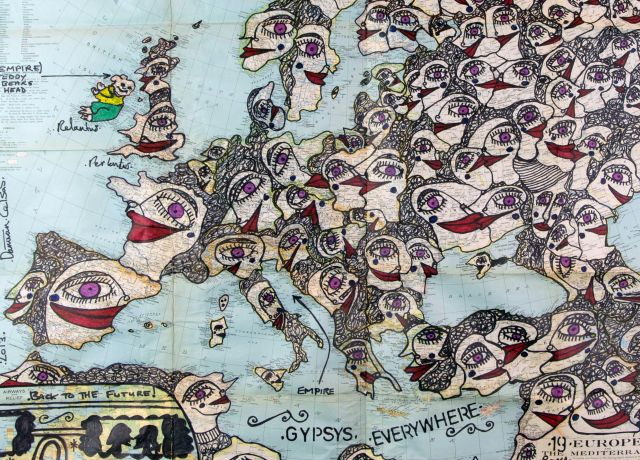European Heritage Days Article:
RomArchive, The Analogue Compendium – a European Heritage Days Story
European Heritage Days Article:
RomArchive, The Analogue Compendium – a European Heritage Days Story
Roma culture and representation
12 million Roma live in Europe and Roma are Europe’s largest minority, yet “their image is marked by stereotypes and prejudices, little is known of their cultural richness and its intertwining with European culture”, such as the influence on dance and music, observed the founders of RomArchive. As described in last year’s European Heritage Days Story, the aim of RomArchive - a website archive of Sinti and Roma culture and history - was to provide a platform for counter-narratives and self-representation of these communities. Acknowledging that this is not a single story, that some aspects of culture such as colourful skirts can be seen as both an authentic tradition by some and a stereotype by others, and that these communities are a diverse group interwoven with different national cultures across Europe, the creators aimed to produce a “reliable source of knowledge that counters stereotypes and prejudices with facts” and which brings together different voices rather than trying to define the image of the Roma. Quoted on the homepage, Timea Junghaus, curator of the site’s Visual Arts section says, “we need to decolonize existing knowledges and start to write Roma history with Roma voices”.
RomArchive’s digital collections
5 years in the making, RomArchive – romarchive.eu – hosts a multi-media collection of photographs, audio and audio-visual material as well as contemporary and historical documents. Many items are from private collections not previously accessible, as well as self-testimonies and academic material. To create the site, more than 5,000 items were archived by 150 project participants from 15 countries. The project was overseen by 14 curators, most with a Romani background, following an agreed strategy, collection policy and ethical guidelines for the archive.
The website was designed to be accessible to as many people as possible including the Roma and Sinti communities, as well as the wider society. Its layout looks more like a magazine than a database, allowing users to meander and discover new things, while maintaining academic standards for digital archiving. And it can be read in German and English, as well as Romanes, the language of the Roma – the use of Romanes was particularly advised by Roma activists, with the developers explaining it as a way to help “empower the youth, to make them proud and aware of the cultural richness of the Roma”.
“I am very glad that RomArchive allows us to raise awareness of our minority’s important contributions to the cultures and histories of their respective home countries. We live in a democratic Europe, and this gives us the chance to voice grievances and at the same time to refer to and reassess our long history and our culture” says Romani Rose, Chair of the Central Council of German Sinti and Roma.
RomArchive went online in January 2019, winning the Europa Nostra Award for Research and a Grand Prix of the European Heritage Award later that year. In 2020, it won a Grimme Online Award in the Knowledge and Education category, was nominated for the IMAGINES/Best in Heritage Award and featured as a European Heritage Days Story.
Funding to develop the project
After the launch of RomArchive, the project was handed over to the Documentation and Cultural Centre of German Sinti and Roma with the aim of continuing its development in the future. It was decided that connecting the digital website with the analogue world though a book would help make the culture of Roma visible amongst a wider audience, thereby supporting one of the main aims of RomArchive. Given the working title ‘RomArchive - the Analogue Compendium’, the project was awarded a grant from the European Heritage Days Stories initiative, alongside co-funding from The Federal Agency for Civic Education, The Documentation Center and resourcing support from the publishing house.
Writing and innovating with the book
With the guidance of the website curators, the book was edited by representatives from the Council of German Sinti and Roma, RomArchive and the Kai Dikhas Foundation, which has a large collection of contemporary Roma art. The 10 chapters follow the same structure as the website, with sections on ‘Roma in Art History’, and ‘The Representation of Roma in Film’, featured in chapters on theatre and drama, film and the visual arts. The literature topic covers poetry and oral traditions, the chapter on music particularly focuses on jazz, a song passed down by survivors of Auschwitz and ‘Liszt and Roma Music’, dance is explored by geography such as ‘Hungarian Dances’, with another chapter specifically focussing on flamenco. Other chapters include ‘Politics of Photography’, the ‘Citizens’ Rights Movement’ and ‘Voices of the Victims’ which includes self-testimonies of those persecuted under Nationalist Socialism.
Text and exemplary objects from the digital collections are incorporated into the book’s 336 pages and 50 illustrations, providing a ‘hybrid’ experience by connecting the printed version with the digital collection through QR codes; a technology specifically chosen over the development of an app to maximise usability. This innovative approach allows for readers to continue learning, with links leading to additional reading and resources such as biographies, related articles and object pages. “One of the main aims of RomArchive is to make the culture of Roma visible. We are convinced that this beautiful and informative book will maintain this attention”, says Isabel Raabe, one of the initiators of RomArchive.
Next steps and how to find out more

The finished book is called ‘Resistance through Art - The Artistic Work of the Sinti and Roma’. Readings, talks, cultural performances and presentations at book fairs were planned to help promote the book, and although delayed by the covid-19 pandemic, events were rescheduled for autumn 2021. 2000 copies of the book are being printed by The Federal Agency for Civic Education primarily aimed at teachers and students, with a further 1000 copies of the book being published by Ch. Links Verlagfor the general public.
The book is expected to be available to buy from March 2022, while the digital collections can be viewed online at romarchive.eu. RomArchive’s continued progress and announcements can be found via the project’s Facebook page @RomanoArchive.
